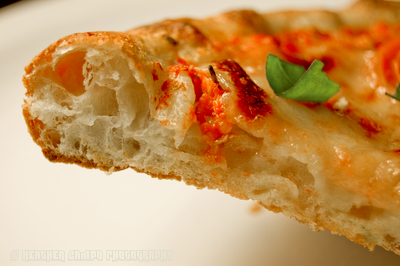Did you ever think studying certain subjects was pointless? After all, they were going to be absolutely useless for you in the future, right? Like Science and Math, maybe? Well, you are in for a big surprise! Turns out they are not as useless as we thought.
As I got serious about making my own pizza, I started investigating recipes, ingredients, and dough and baking techniques. As I went deeper into the matter it surprised me to see the many variations that exist to make what I thought was just a simple homemade pizza. Not simple at all! I soon discovered how serious pizza making is and, to my amazement, I found it to be a science itself. You can see it for yourselves here. Yes, a forum dedicated in its entirety to this science. Any type, any style is covered. Any question, any doubt is answered. Any technique, any method is discussed. But wait, are you still thinking Math is in fact useless for you now? Not with all the calculations you'll be doing to create your own perfect pizza dough! So enjoy the adding and subtracting and have fun in studying this culinary science.
My favorite dough recipe is from Dave in Canada, or as you will find him in the forum, Canadave. He authorized me to blog about his recipe and he is the one to thank for this masterpiece! You can find the recipe here. Every step is very well explained. He also talks about the sauce, cheese and toppings. Try to read as much of the thread or the forum if you'd like to learn more. I used the forum's Lehmann calculator to make Dave's recipe equivalent to 3 13-inch dough balls with a thickness factor of 11. The amounts I used to accomplish this are as follow (please note I rounded up the decimals since my scale is not that precise and still got excellent results):
Flour (100%): 721 g (I used King Arthur Bread Flour)
Water (64%): 462 g
Instant Dry Yeast (0.78%): 5 g (I used Bread Machine Yeast)
Salt : (1.31%): 9 g (I used fine sea salt)
Oil (4.63%): 33 g (I used extra virgin olive oil)
Sugar (1.32%): 9 g
You can adjust the ingredients in the calculator according to their percentage to make a different amount/size of dough balls. Enjoy!



